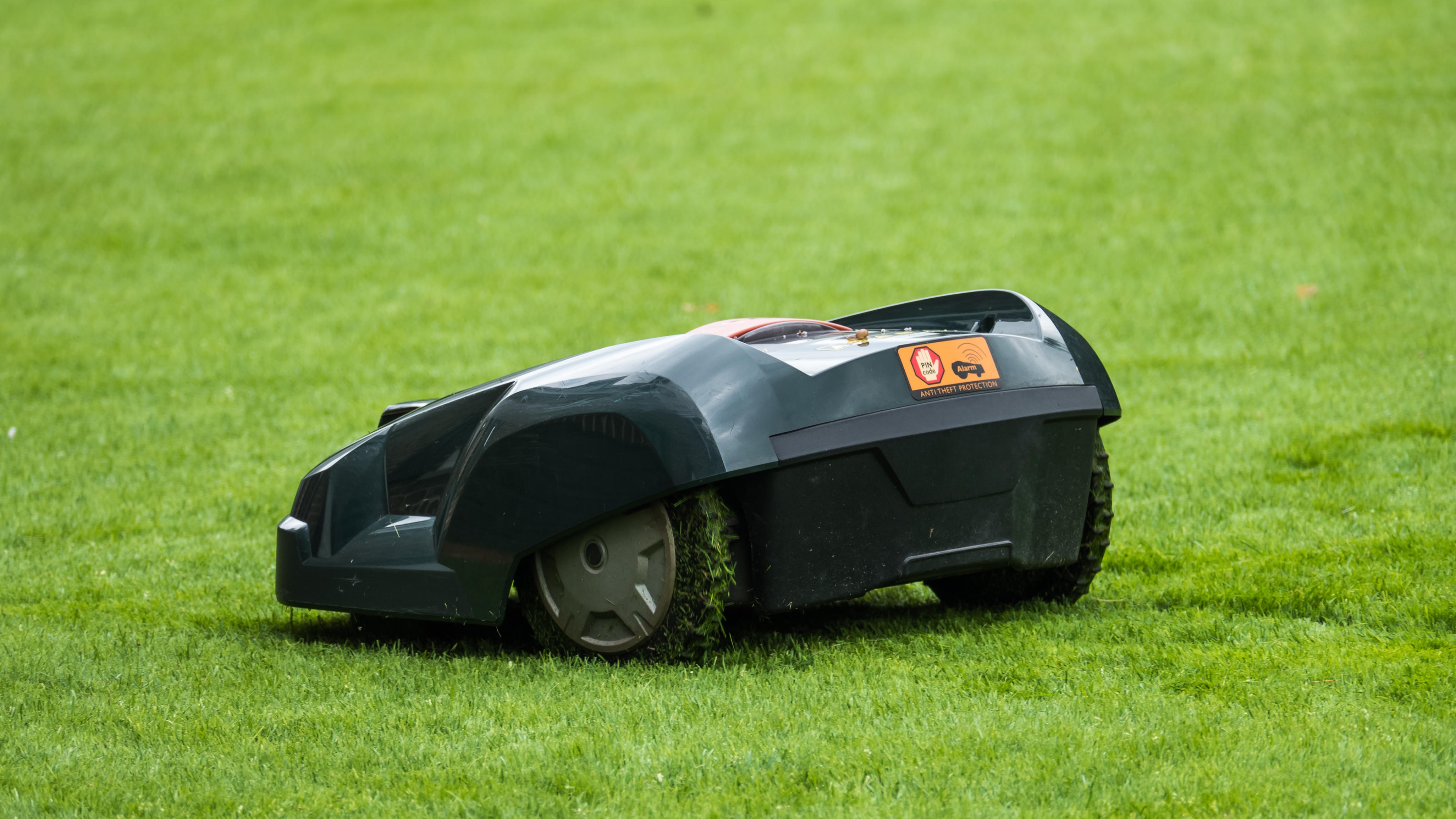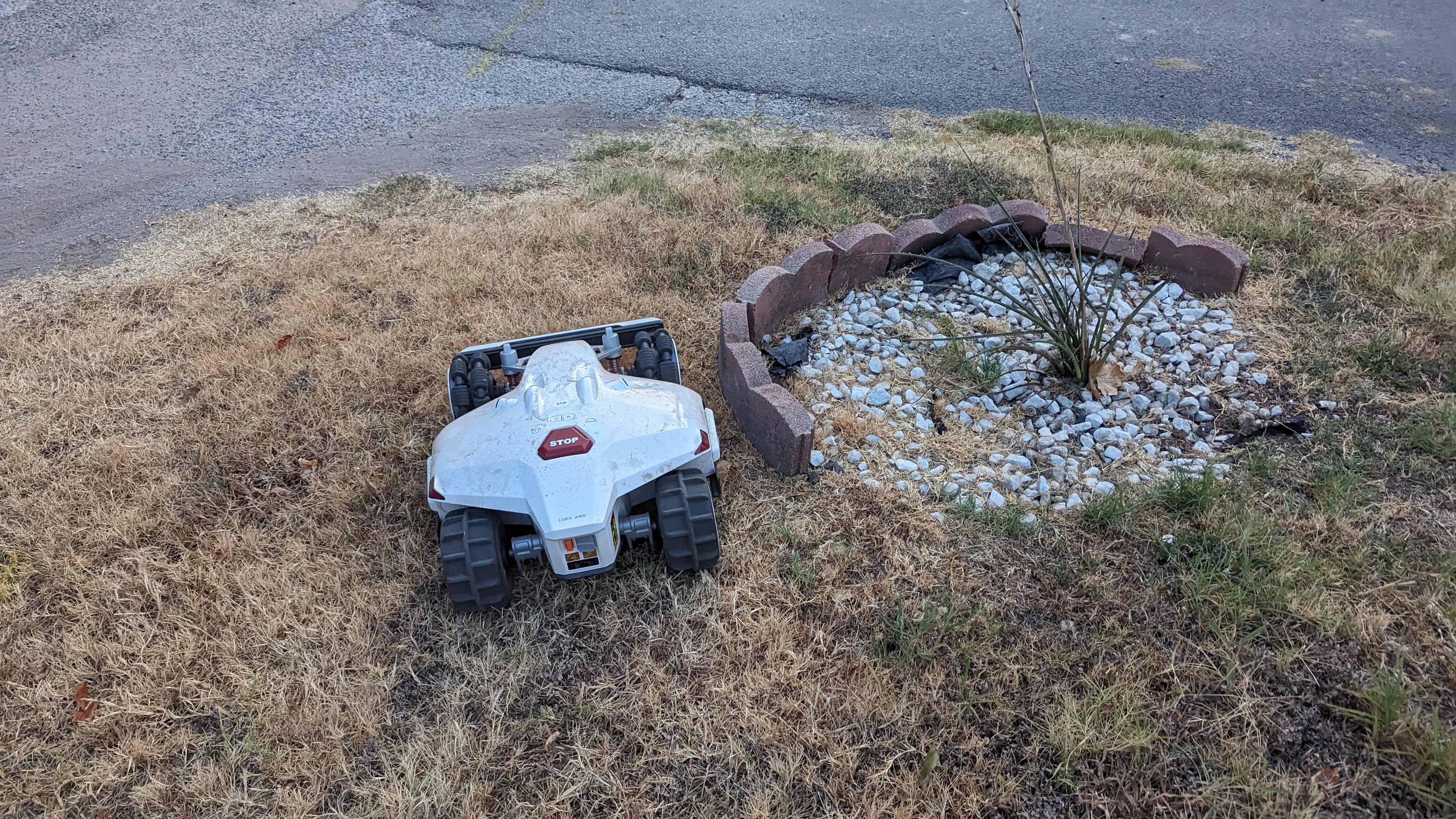
Much as robot vacuums have simplified the way we clean our homes, the best robot lawn mowers aim to do the same for our lawns. Having been around commercially for almost 20 years now, they’ve come quite a long way to the point where many people are seriously considering investing in one.
But before you go grab the first one you find on Amazon, there’s some things to keep in mind. Don’t make the mistake of assuming just any robot mower will work well with your lawn. There are always pros and cons to consider when making these decisions, especially when looking at something that can easily run a few thousand dollars.
We’ve spoken to tech expert and co-founder of Pointer Clicker Vance Tran, and rounded up a list of some important things to keep in mind when you’re looking for robot mowers.
And if you're still wondering whether you should buy a robot lawn mower, be sure to check out our helpful explainer.
1. Assuming robot mowers will work with any lawn
It’s easy to think that robot mowers will work with any and every lawn. Unfortunately, that’s not exactly the case. As smart as many of them are, there are some limitations depending on the complexity of your lawn.
Vance Tran explains: "Measuring your yard properly is important so you pick a model that will really fit. Take the time to walk around with a tape measure and jot down the numbers. Also pay attention to how steep your grass is. Some robots can't handle really steep slopes too well. Check the details on the one you like to make sure it can take your yard."
Aside from the slopes in your yard, having quite a few elements in your yard - things like fountains, flower beds, trees, etc. - can also cause most robot mowers to have a difficult time cutting your grass. The same is true if you have holes in your lawn or tend to dig a lot.
“Taking a good look at how your lawn is laid out matters too. Things like trees, fences and flower beds may confuse a robot trying to mow. More obstacles means more troubles navigating,” Vance tells us. This is where a mower with strong obstacle avoidance comes in handy.
2. Not considering installation needs
While some robot mowers these days don’t require much setup, there are still some that will almost certainly require the help of an expert to install it.
Many models still use a boundary wire to operate, which, depending on the complexity of your yard, might mean you’ll need some help getting it setup correctly. Some robot lawn mowers don't require a boundary wire, like the Mammotion Luba AWD 5000, Husqvarna EPOS and Worx Landroid Vision.

“Setting up the boundary wire correctly is key also. That wire tells the robot where it can mow and where to stop. If the wire isn't just right, the robot won't know how to move around your yard properly,” says Vance.
Others that rely on GPS and satellite technology might require some finesse to find just the right placement to get a stable connection. It might require a bit of programming and set up via your smartphone to get it working just the way you want it. If you’ve ever set up a satellite TV dish, you’ll understand how frustrating this can be.
Essentially, it’s important to fully understand the installation process for your mower before you purchase one, to make sure it's in line with your home's capabilities.
3. Thinking you won’t have to do any more yard work
No matter how good robot mowers are, there are still some things they simply can’t do. You’ll still need to take care of things like edging your grass, especially along fence lines and such, and if you don’t get a mower that can also clean up leaves, you’ll still have to rake those every fall and winter. You’ll also need to remember to fertilize and weed your lawn to ensure it stays as healthy as possible.
Even if you have a top-of-the-line robot, you'll still need one of the best electric lawn mowers to finish up the rest of your yard. Buying both can rack up the costs, so feel free to browse these lawn mower deals to see where you can save.
For those living in snowy areas, there's even a robot lawn mower and snow blower all in one from Yarbo, automating a lot of the yard work for you.
4. Not considering the layout of your lawn
Aside from the elements in your yard, you also need to consider the layout of your lawn itself. Most mowers aren’t smart enough to recognize a side or driveway, so if you have a divided yard with more than one section, you might have to help it across to the other sections. Some mowers will let you drive them from the smartphone app, while others you might have to pick up and carry across.

Also, you might need to get creative about how you’ll get it from the front yard to the back and vice versa. Depending on where you set up your mower - we don’t recommend setting in the front yard unless yours is fenced and gated - you might have to manually set your mower where you need it to cut before letting it do its thing.
5. Ignoring the maintenance costs
While a robot mower may not require as much maintenance as a traditional gas-powered mower, there are still things that will need to be replaced and/or repaired over time. The blades will still dull over time and need replacing, same with the batteries. The batteries in most robot mowers are built to last about 3 or 4 years and they aren’t often user-replaceable so you’ll need to take it to a dealer or send it back to the manufacturer.
Vance offers some advice here: “Don't forget to think about upkeep costs long term too. Robot mowers need regular cleaning and new blades now and then. Make sure the maintenance fees fit your budget before committing to a robot helper.”
6. Ignoring the warranty
With the amount of money you’re likely to spend on a decent robot mower, having a solid warranty can really come through in the long run. Most companies offer two-three years of warranty on their mowers, with some offering up to 5 years.
As with most appliances or electronics, each manufacturer’s warranty is going to cover different things as well, so make sure you read over what’s covered in the warranty and for how long before you buy.

7. Not doing your research
Learning about the warranty leads well into the next common mistake people make when purchasing a robot mower: not doing enough research. It’s rarely a good idea to buy something this expensive on a whim, so always make sure you read up on all the manufacturers and models available before laying down your credit card.
Each manufacturer has their pros and cons and each model from those companies offer different features as well. Most often they differ on the battery life and size of lawn they can cover, but some models might offer additional features that you’ll need, which you’ll only discover while doing some research.
Part of this research should absolutely include reviews. You’re certainly not the first person to purchase a robot mower, so learning about others' experiences can really shine a light on what to expect.
8. Spending more than you need to
Don't believe you need to have the absolute most top-of-the-line mower in order to get your lawn just the way you want it.
A decent robot mower starts at around $600-$700 dollars these days, and more often than not, those lower-end models will do a fine job at just cutting your grass.
It’s when you get up into the larger lawn sizes and extra fancy features that the higher costs come into play. Most people shouldn’t need to spend more on the higher-end models.







